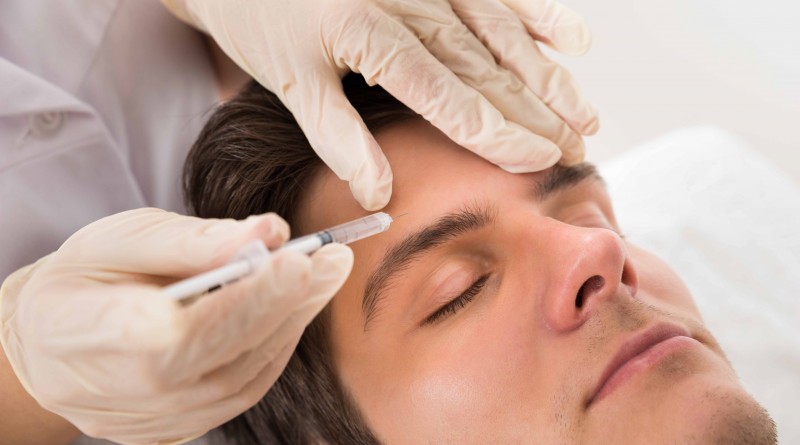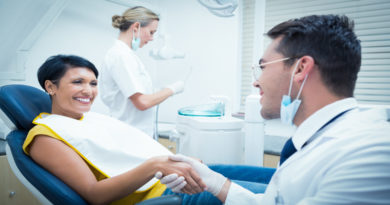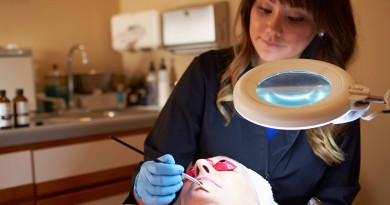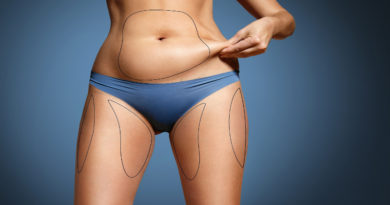Botox secondary effects
These sort of procedures may be done only by credited professionals.
Botox is a chemical substance used for three basic purposes: muscle spasm control, containment of too active sweat glands and cosmetic corrections – although it is also helpful in minimizing effects of cerebral palsy, fibromyalgia and even jaw joints problems. Despite it should be applied by a professional, it mostly has no aggravated health risks.
There are still some remaining doubts over the possibility of botox (which is composed by sodium chloride, human albumin – a chemical present in blood plasma – and a type A active toxin) causing long-term health issues, but secondary effects of the application of the substance can be cured with some patience and a few painkillers. This, of course, if the patient is not allergic to botox – in that case, the procedure has to be aborted or, at least, done with extra caution.
When botox is used to correct wrinkles or facial characteristics, procedure lasts for about ten minutes and recovery takes between three days to a week. At the end of that period, results start to be noticeable, although the whole appearance may only be visible at the end of three or four months. Still, throughout the process of convalescence it may be felt some stiffness on the region that has been corrected. The patient may also feel headaches or symptoms similar to a cold.
Anyway, attention is needed. If some of these symptoms appear hours after the surgery, the patient has to speak immediately to his physician: muscular weakness, lack of vision, struggle to speak, swallow or breathe and loss of bowel control.
On 2013, in the United States, more than 3 million botox insertions procedures were made, and 10% of those were requested by men. Still, it is never enough to say: if you are interested in doing this sort of surgery, certify yourself that you get help from a physician.







